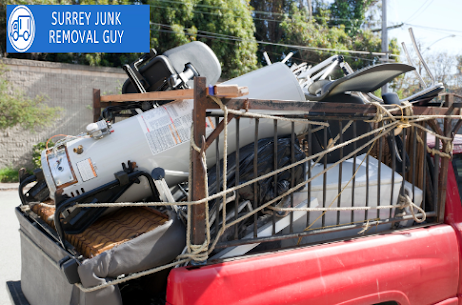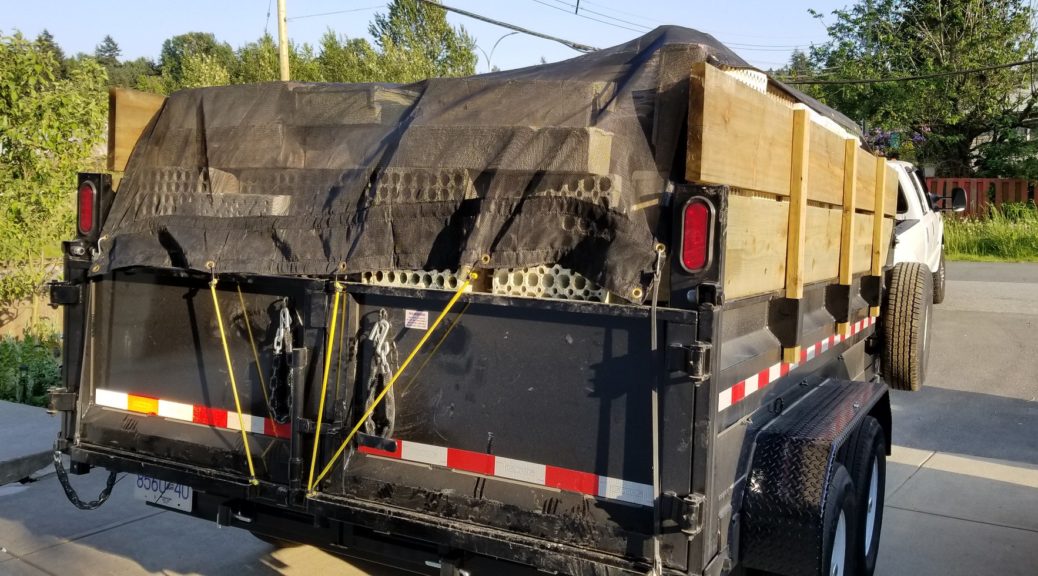In an era where environmental consciousness is more critical than ever, sustainable junk removal is becoming a necessary practice for homeowners and businesses alike. Traditional methods of disposing of unwanted items often contribute to environmental harm and resource depletion. Fortunately, there are smarter, greener approaches to junk removal that can help reduce your carbon footprint and promote a healthier planet. This ultimate guide will explore the key principles and actionable steps to achieve sustainable junk removal.
Understanding Sustainable Junk Removal
Sustainable junk removal focuses on minimizing waste, maximizing resource recovery, and reducing the environmental impact of disposal processes. The goal is to divert as much material as possible from landfills and incinerators by reusing, recycling, and repurposing items. This approach not only conserves natural resources but also reduces greenhouse gas emissions associated with waste management.

The Environmental Impact of Waste
To appreciate sustainable junk removal, it’s important to understand the environmental impact of traditional waste management methods. Landfills, while commonly used, contribute to significant environmental issues. They produce greenhouse gases like methane, a potent contributor to climate change, and can leach harmful chemicals into the soil and water. Incineration, another common method, releases pollutants into the air and requires substantial energy, further exacerbating environmental issues.
Waste Hierarchy: Reduce, Reuse, Recycle
The waste hierarchy is a fundamental concept in sustainable waste management. It prioritizes waste management strategies in the following order: Reduce: The first and most effective strategy is to reduce the amount of waste generated. This involves making conscious choices to avoid creating excess waste, such as opting for products with minimal packaging or choosing durable goods over single-use items. Reuse: Reusing items extends their life and reduces the need for new products. This can include repairing broken items, repurposing materials for new uses, or donating goods that are still in good condition. Recycle: Recycling involves processing used materials into new products, thereby conserving natural resources and reducing the need for virgin materials. It’s a crucial step in managing waste sustainably but should be considered after efforts to reduce and reuse.
The Role of Composting
Composting is an essential component of sustainable junk removal, particularly for organic waste like food scraps and yard trimmings. Composting breaks down organic materials into nutrient-rich compost that can be used to enrich soil. This not only reduces the volume of waste sent to landfills but also contributes to the health of the soil, promoting sustainable agriculture and gardening practices.
Extended Producer Responsibility (EPR)
Extended Producer Responsibility is a policy approach where manufacturers are responsible for the entire lifecycle of their products, including post-consumer waste. EPR encourages companies to design products with end-of-life considerations in mind, promoting easier recycling or safe disposal. This approach helps shift the burden of waste management from consumers to producers, fostering a circular economy where materials are continuously reused.
Circular Economy
The circular economy is a model that contrasts sharply with the traditional linear economy, which follows a ‘take, make, dispose’ pattern. Instead, the circular economy focuses on keeping products and materials in use for as long as possible. It involves designing products for durability, repairability, and recyclability. In this model, waste is minimized, and materials are continuously cycled back into the production process, reducing the need for new resources and decreasing environmental impact.
Assess Your Junk: Prioritize and Organize
Before you start removing junk, take stock of what you have. Sorting and categorizing items is crucial for sustainable disposal. Separate your items into categories like electronics, clothing, furniture, and hazardous materials. This will help you determine the best disposal or recycling methods for each category.
Reuse and Repurpose
One of the most sustainable practices is to find new uses for your unwanted items. Consider donating gently used items to local charities, shelters, or community organizations. Furniture and clothing in good condition can have a second life with someone who needs them. For items that can’t be donated, think creatively about how they can be repurposed or upcycled. For example, old wooden furniture can be refurbished, and glass jars can be used for storage or crafts.
Recycling: Know the Rules
Recycling is a cornerstone of sustainable junk removal. However, recycling rules can vary by location, so it’s essential to familiarize yourself with local guidelines. Many cities have specific programs for different types of materials, including paper, plastics, metals, and glass. Additionally, certain items like electronics or batteries require special recycling procedures due to their hazardous components. Check with local recycling centers or waste management facilities to ensure proper disposal.
Proper Disposal of Hazardous Materials
Hazardous materials such as paint, chemicals, and electronic waste (e-waste) need to be handled with extra care. Many of these items can be harmful to both human health and the environment if not disposed of properly. Look for specialized disposal programs or facilities that handle hazardous waste. Many communities offer designated drop-off days or collection services for these materials.
Consider a Junk Removal Service
If you’re dealing with a large volume of junk or need professional assistance, consider hiring a junk removal service that emphasizes sustainability. Many companies now offer eco-friendly junk removal options, including sorting, recycling, and donating items. Be sure to choose a service with a strong commitment to environmental responsibility. Ask about their disposal practices and what percentage of materials they divert from landfills.
Reduce Future Waste
Sustainable junk removal is not just about how you dispose of items but also about preventing future waste. Adopt practices that reduce the amount of waste you generate. Opt for high-quality, durable products over disposable ones, and be mindful of packaging materials when shopping. Implementing a zero-waste lifestyle or minimalism can significantly reduce the amount of junk you need to remove in the future.
Educate Yourself and Others
Staying informed about sustainable practices and sharing that knowledge can amplify your efforts. Educate yourself about local recycling programs, composting options, and waste reduction strategies. Encourage friends and family to adopt similar practices, and advocate for more robust recycling and waste management policies in your community.
Conclusion
Embracing sustainable junk removal practices is not just a responsible choice but also a step toward a greener future. By prioritizing recycling, upcycling, and eco-friendly disposal methods, you can significantly reduce your environmental footprint and contribute positively to your community. At Surrey Junk Removal Guy, we are committed to making sustainable junk removal accessible and hassle-free for all our clients in Surrey, BC. Our expert team ensures that your unwanted items are handled in an environmentally conscious manner, giving you peace of mind knowing that you’re making a difference.
If you’re ready to make a positive impact and need reliable junk removal services that align with your sustainability goals, look no further. Trust Surrey Junk Removal Guy to provide top-notch service with an eco-friendly approach. Together, we can work towards a cleaner, greener Surrey.

